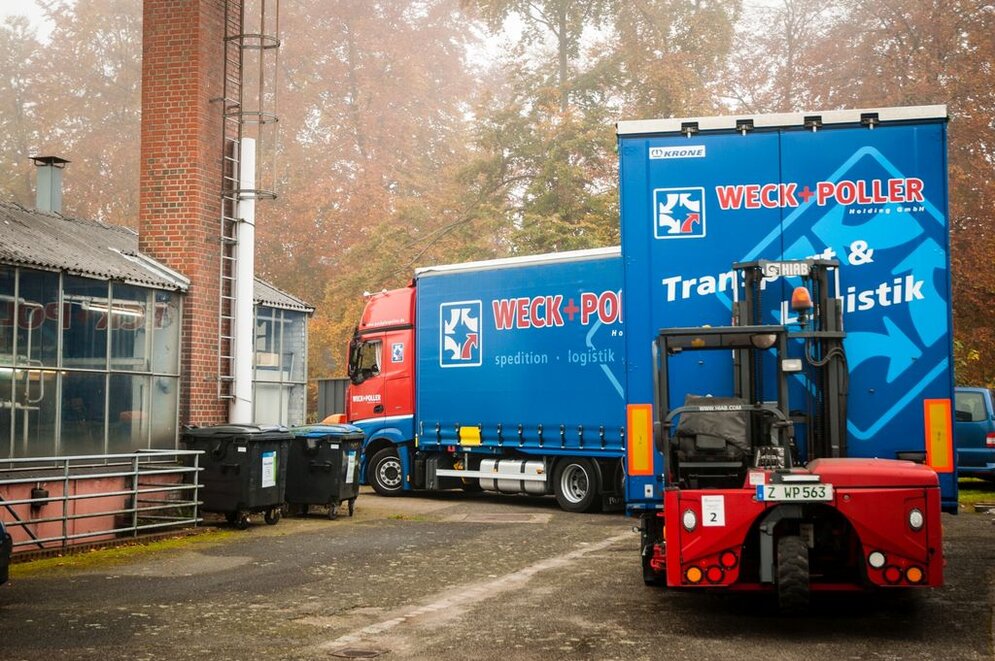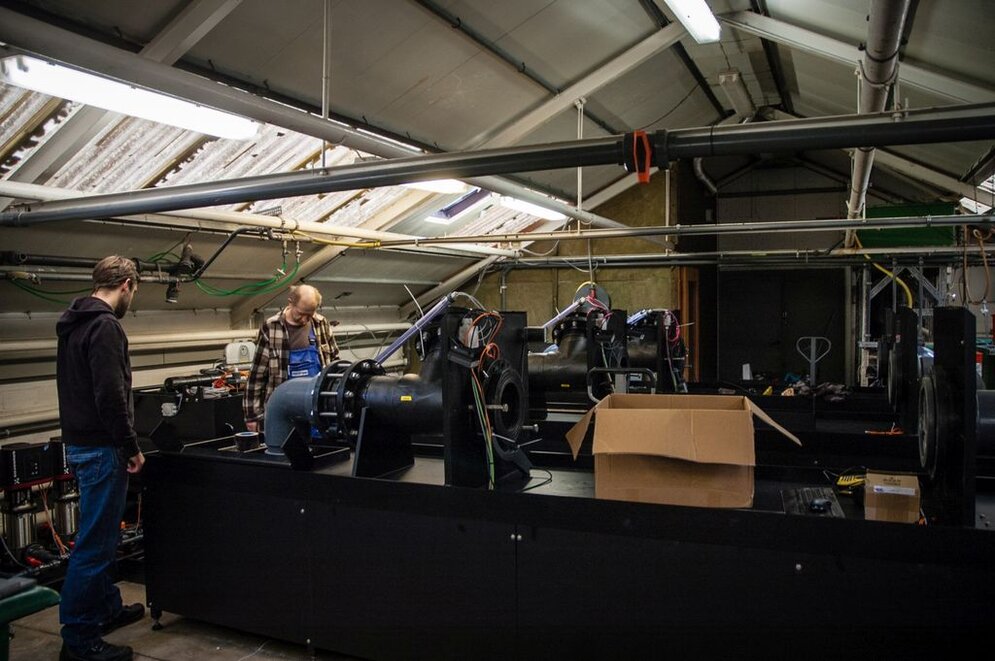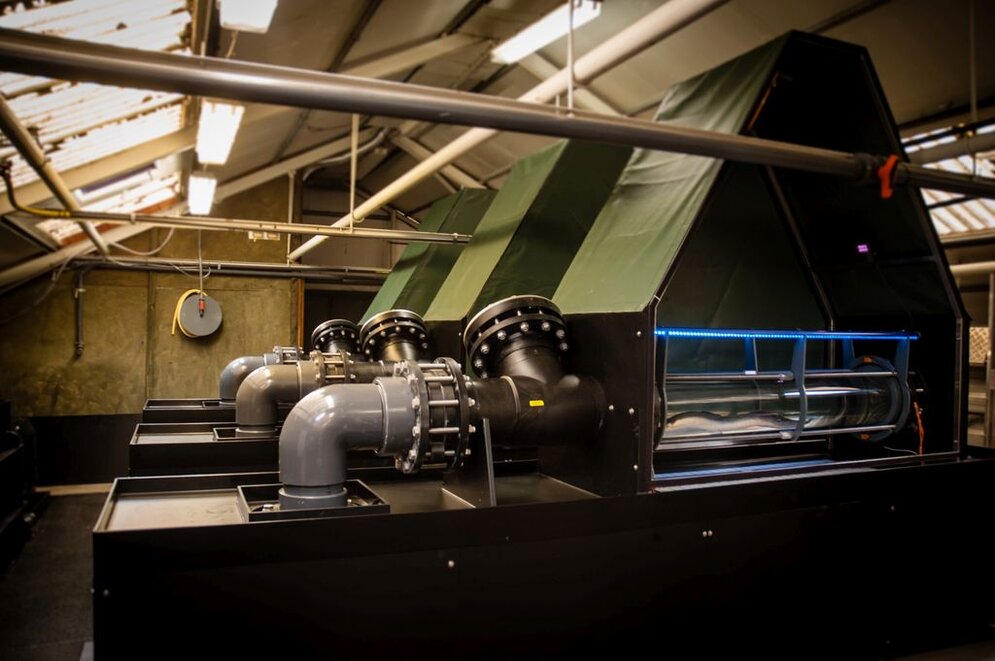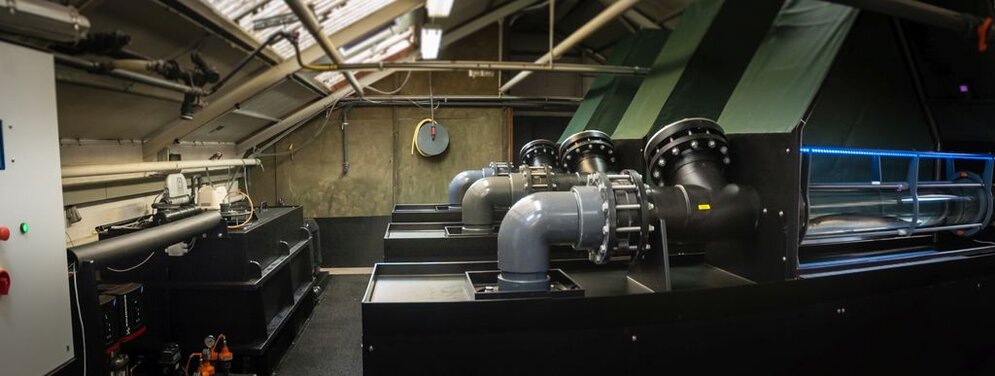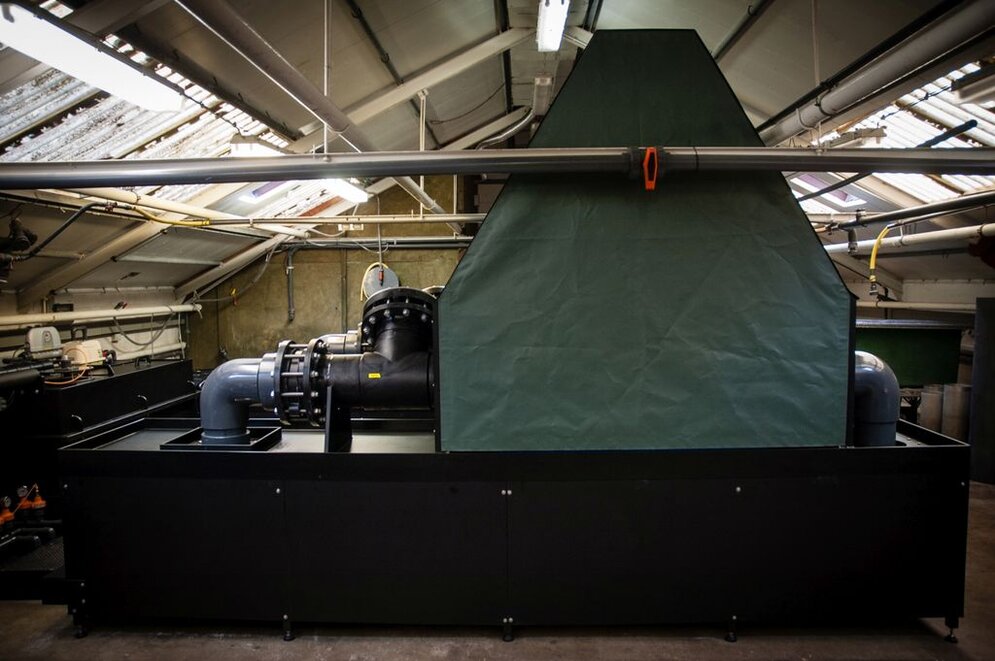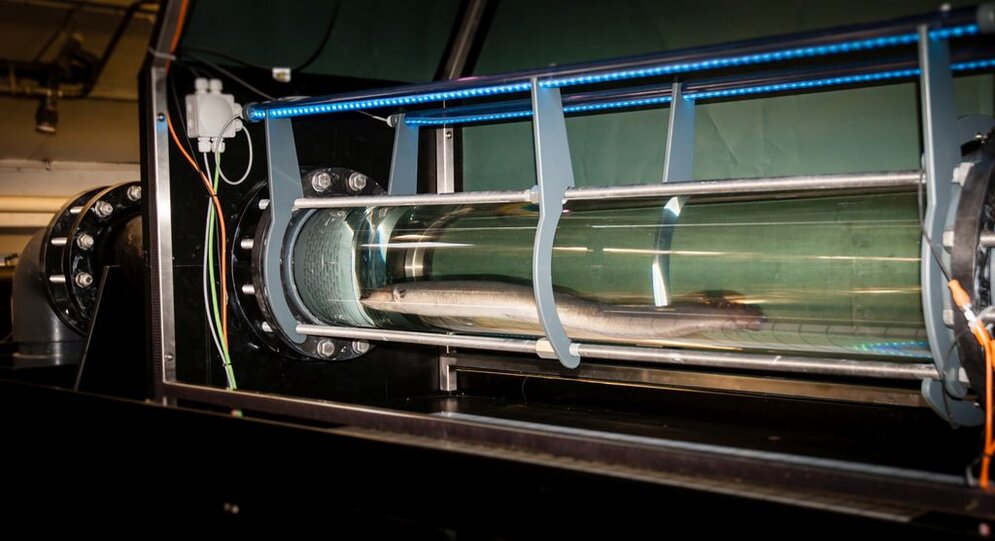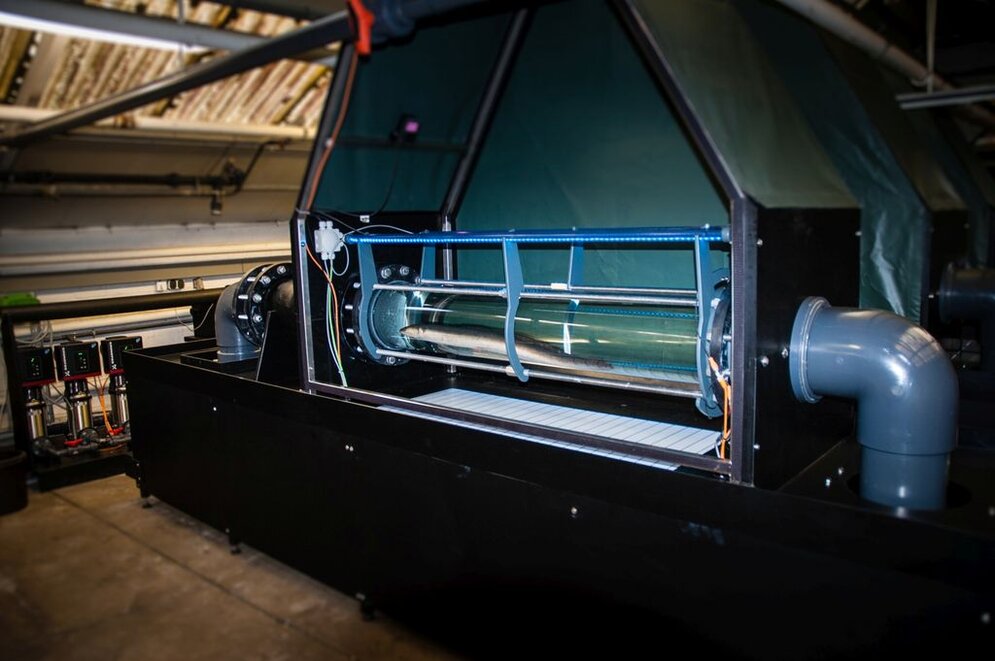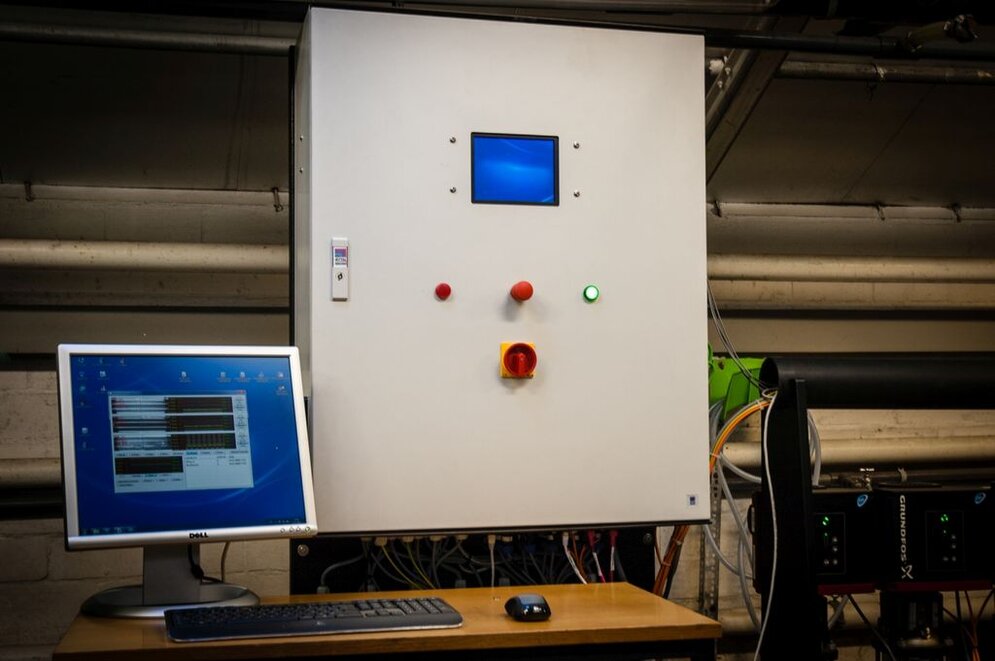Project
How do silver eels migrate back to the ocean?
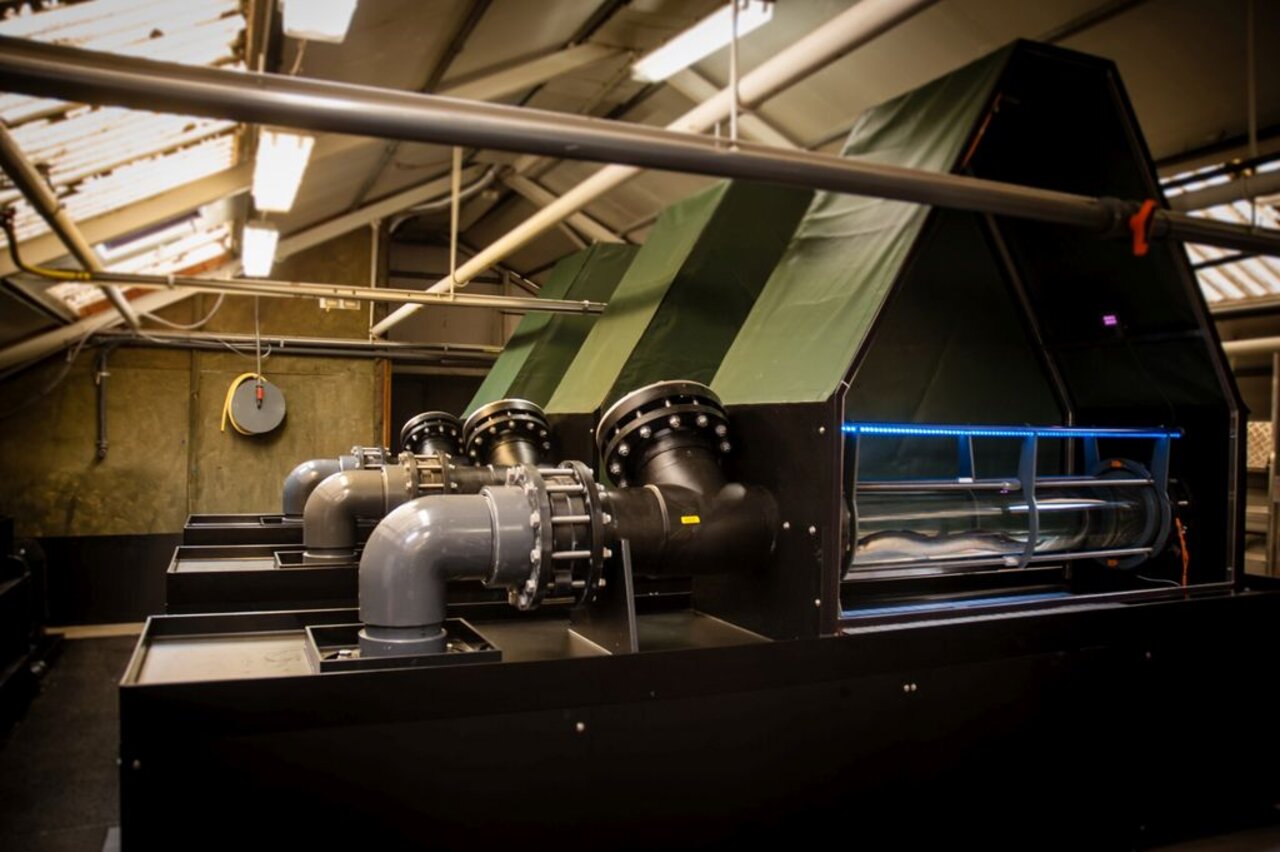
Development of a hyperbaric flow channel to parameterize the effects of contaminants and diseases on the reproductive capacity of the European Eel
Which factors affect swimming performance, energy consumption and maturation of the European eel during its spawning migration to the Sargasso Sea? Scientists would like to answer this question, but investigations on free-living animals are not possible - their way of life is too complex. A pressure-controlled swimming flume, including a respirometer, will change that: it enables the experimental determination of various abiotic and biotic factors on migrating eels and a quantification of potential hazards.
Background and Objective
The European eel (Anguilla anguilla) exhibits a fascinating life-cycle comprising various continental and oceanic phases. Juvenile yellow and adult silver eels live in freshwater, i.e. rivers and estuaries, which they inhabit for several years until silver eels leave that have collected sufficient lipid reserves and underwent morphological adaptations necessary for a life at sea. The once in a life time spawning migration leads about 6000 km to the Sargasso Sea, where reproduction occurs and the hatched larvae start their way back to the European coasts. The spawning migration is also considered a critical phase in the eel’s life with a mobilization of energy reserves and maturation of reproductive organs during its course. In this phase, contaminants and parasites likely exhibit their strongest effect on the organism. The development of a novel hyperbaric flow channel shall give the opportunity to examine the effects of temperature, pressure, salinity, contaminants and parasites on swimming capacity, energy expenditures and gonadal maturation of various eel life stages under controlled conditions. A quantification of these effects helps us better understand the causes threatening the European eel.
"How do silver eels migrate back to the ocean?" is part of the joint AutoMAt project "Development of innovative and non-invasive monitoring systems for fisheries research".
Thünen-Contact

Involved Thünen-Partners
Involved external Thünen-Partners
-
Spranger Kunststoffe GmbH
(Plauen, Deutschland)
Funding Body
-
Federal Ministry of Agriculture, Food and Regional Identity (BMLEH)
(national, öffentlich)
Duration
7.2013 - 12.2015
More Information
Project funding number: 313-06.01-28-1-28-1-91.007-12
Funding program: Innovationsförderung
Project status:
finished

![[Translate to English:] [Translate to English:]](/media/_processed_/2/9/csm_Embryo-Exp_Gelege_9F_dpf5-200513111619_c8534a8199.jpg)
![[Translate to English:] [Translate to English:]](/media/_processed_/2/9/csm_Embryo-Exp_Gelege_9F_dpf5-200513111619_9027994d44.jpg)
